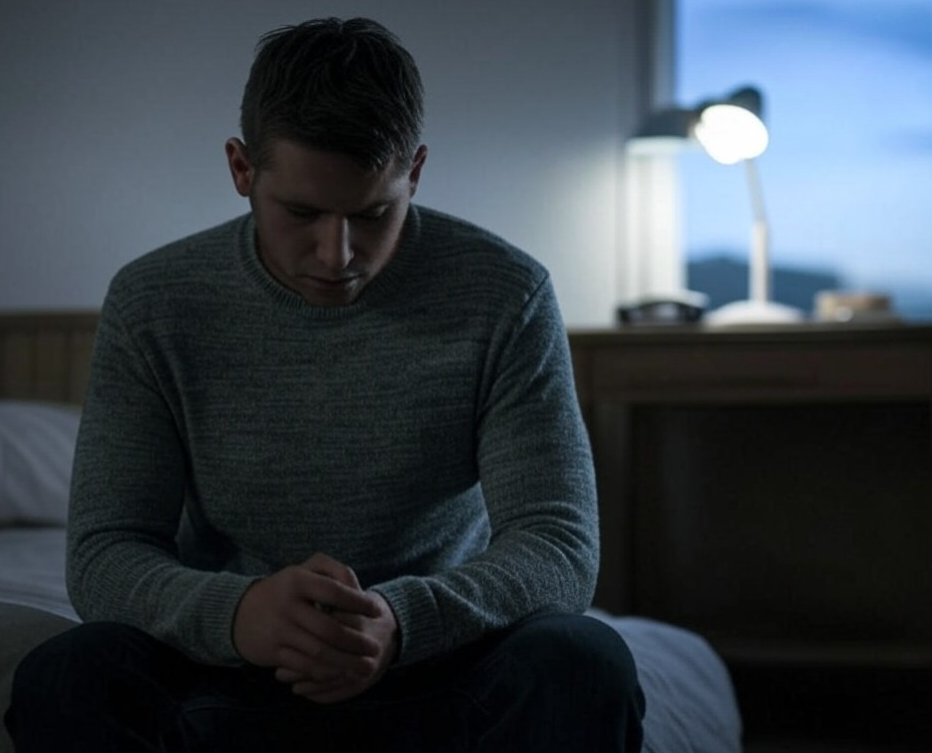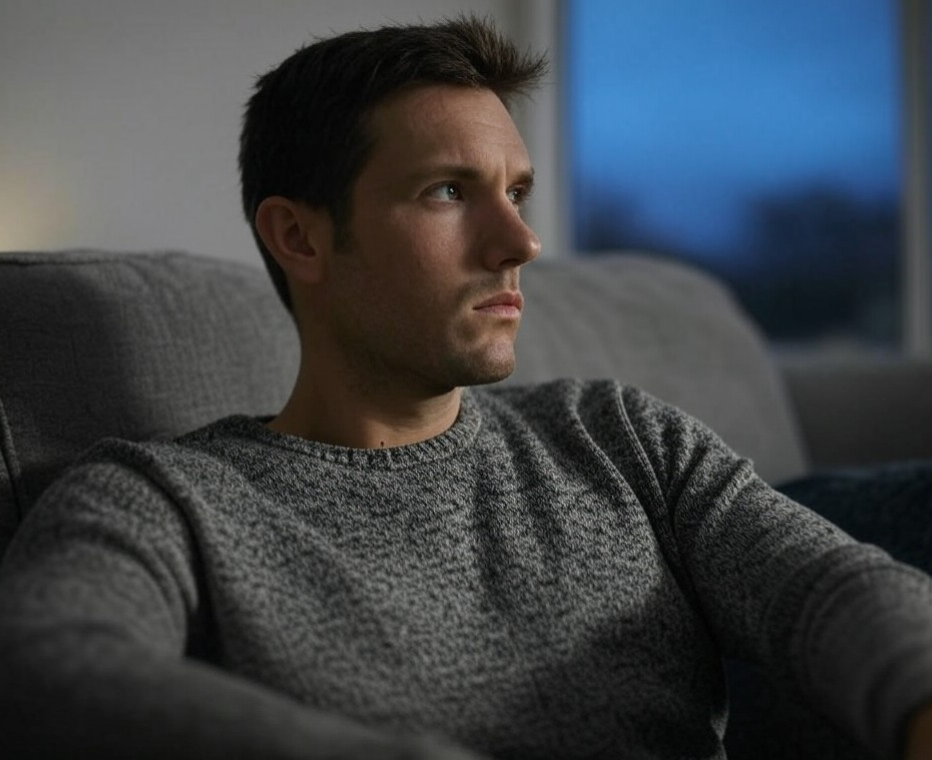Why You View Porn: Seeking Acceptance and Validation in Sexuality
Why You View Porn Even When You Don’t Want To
Many individuals who struggle with unwanted pornography viewing believe that willpower alone should be enough to stop. However, one of the biggest reasons people continue to watch pornography—even when they don’t want to—is because it fulfills an emotional need for acceptance and validation in sexuality.
When conversations about sexual preferences and desires are avoided due to fear, shame, or societal stigma, individuals may turn to pornography as one of their only sources of validation for their sexual interests.
In this article, we’ll explore:
- How the need for validation plays a role in pornography use
- Why fear of rejection drives people to seek acceptance online
- Steps to find healthier sources of self-acceptance
Let’s dive deeper.
The Need for Acceptance and Validation in Sexuality
Why We Seek Validation for Our Sexual Preferences
Human beings are wired for connection. We seek acceptance from those around us—especially in areas that feel deeply personal, like sexuality. However, in many cultures, open conversations about sexual preferences are rare, and some individuals may feel ashamed of their desires.
This leads to an internal struggle:
- Fear of judgment – “If people knew what I was into, they’d think I’m weird or broken.”
- Lack of discussion – Many people have never had a safe space to talk about their sexuality.
- Need for reassurance – Seeing others share similar interests can help people feel “normal” and accepted.
Pornography can serve as a temporary escape from this fear, offering reassurance that one’s sexual interests are not abnormal. But relying on porn for validation can create a cycle that makes quitting even more difficult.
TRENDING: The Role of Connection and Avoiding Vulnerability

Pornography as a Substitute for Acceptance
How Porn Provides a Sense of Belonging
For many, watching pornography is more than just a physical act—it’s an emotional one. It can create an illusion of belonging by showing that others have the same desires. This is especially true if someone has:
- Never openly discussed their sexual preferences
- Faced judgment or shame from family, friends, or religious communities
- Been led to believe that their desires are “wrong” or “abnormal”
Instead of talking about these feelings, porn becomes the only source of validation. People may think:
- “If others in these videos are enjoying this, maybe I’m not so different after all.”
- “I can’t talk to anyone about this, so I’ll keep turning to porn for reassurance.”
This reinforces the habit of using pornography as a coping mechanism rather than addressing underlying emotional needs.
Breaking Free: Finding Validation in Healthier Ways
How to Overcome the Cycle
If you recognize yourself in this pattern, the good news is that there are healthier ways to seek acceptance and validation without relying on pornography.
Here are three steps to help you move forward:
1. Open Up Safe Conversations About Sexuality
- Start by educating yourself about healthy sexuality from reliable sources.
- Seek out communities or professionals who promote open, non-judgmental discussions.
- Talk with a trusted therapist or counselor to explore your feelings in a safe space.
2. Develop Self-Acceptance Without External Validation
- Shift your mindset from seeking validation externally to accepting yourself internally.
- Recognize that your worth is not determined by others’ opinions of your desires.
- Practice self-compassion—your preferences do not define your value as a person.
3. Build Meaningful Relationships for Genuine Connection
- Surround yourself with people who encourage open, honest communication.
- Develop deep, non-sexual connections that reinforce your sense of belonging.
- Consider joining support groups or working with a professional specializing in pornography recovery.
Final Thoughts: Understanding Why You View Porn Is the First Step
If you’ve ever wondered why you view porn even when you don’t want to, it’s important to look beyond just willpower. Your viewing habits might be tied to a deeper need for acceptance and validation.
Rather than suppressing these emotions, finding healthier sources of self-acceptance and building authentic relationships can help break the cycle.
Take the Next Step
If you’re ready to take control of your habits and redefine your relationship with sexuality, consider exploring our self-directed program, Life After Pornography. You don’t have to go through this journey alone—real support is available.
Want To Learn More On Why You View Porn?
We’ve created a 10-part video series, “Why You View Porn,” where Dr. Cameron Staley explores the most common reasons people struggle with unwanted pornography viewing. From shame and habit to stress, boredom, and neurodivergence, each video breaks down the patterns behind your urges and provides research-backed insights to help you make real, lasting changes.
📺 Watch the full series on YouTube here.
If you find these videos helpful, consider sharing them with others who might benefit from them. The more we understand, the easier it becomes to take control of our choices.







